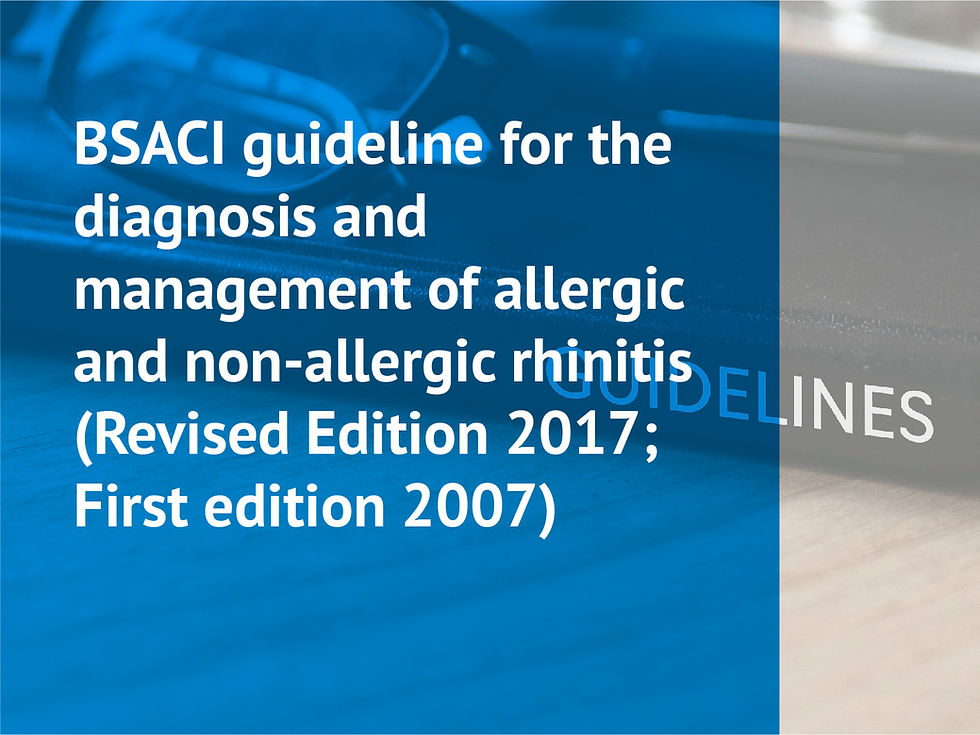Practice guideline update summary: Pharmacologic treatment for pediatric migraine prevention
- yatidxm
- 27 Jun 2021
- 1 menit membaca
Diperbarui: 4 Jul 2021
This article summarizes the findings of a systematic review and practice guideline on the pharmacologic treatment of migraine prevention in children and adolescents. The unabridged practice guideline is available at https://www.aan.com/Guidelines/ home/GetGuidelineContent/978 and includes full details of the methodology used, including the risk of bias assessment for each study, meta-analysis, and confidence in evidence determinations. This guideline systematically evaluates new evidence to answer the following clinical question: In children and adolescents with migraines, do preventive pharmacologic treatments, with or without cognitive behavioral therapy (CBT), compared with placebo, reduce headache frequency? Migraine is common in children and adolescents, with a prevalence of 1%–3% in 3- to 7-year-olds, 4%–11% in 7- to 11-year olds, and 8%–23% by age 15 years.1 Diagnosis of primary headache disorders is based on clinical criteria by the International Classification of Headache Disorders, 3rd edition, by the International Headache Society.2 Most children benefit from acute migraine treatments along with behavioral and lifestyle changes for headache prevention and do not require additional pharmacologic or biobehavioral preventive treatment.3 Additional migraine prevention should be considered when headaches occur with sufficient frequency and severity and result in migraine-related disability. The Pediatric Migraine Disability Assessment (PedMIDAS) is a 6-question, self-administered scale developed and validated in children and adolescents to measure functional impact of pediatric migraine during a 3-month period.4





